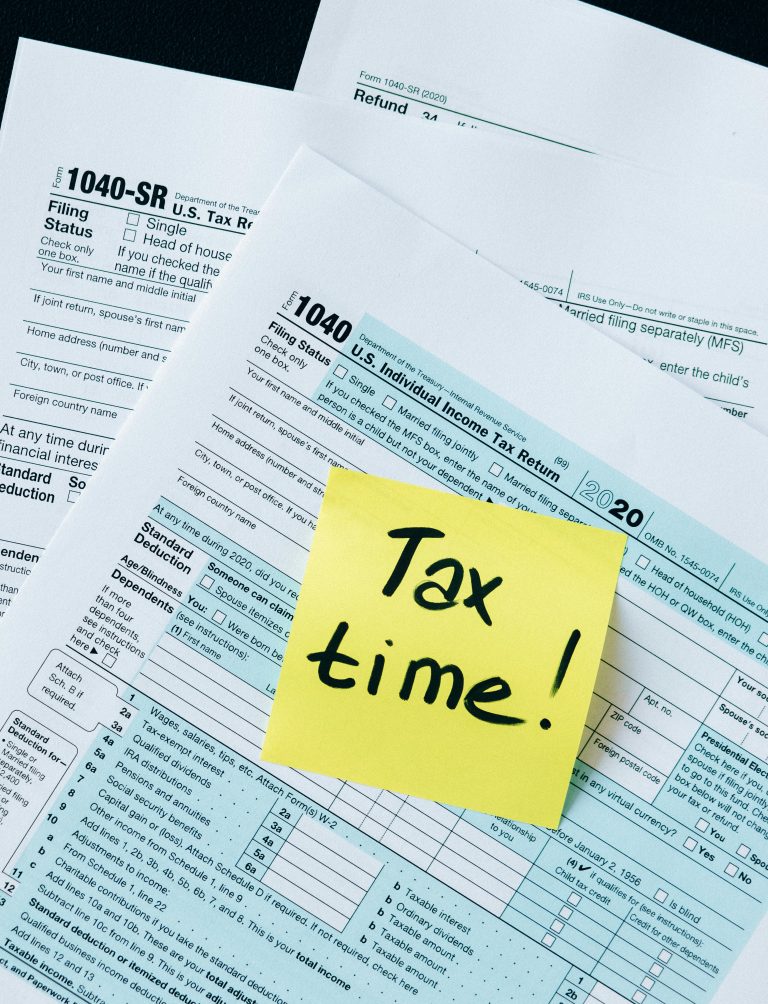What is Form 15G? A Step-by-Step Guide on How to Fill Form 15G
Under section 194A of the Income Tax Act, it is necessary for banks to deduct tax at source if the interest income of individuals except senior citizens is more than Rs. 40,000 in a year. For senior citizens, the tax is deductible if they earn more than Rs. 50,000 in a year. However, if your income is below the taxable limit, what can you do to ensure the bank does not deduct any tax? This is when Form 15G and 15H come into picture.
Wondering what is form 15G? And what is 15G H form? Although they are a bit similar, there is a significant difference between 15G and 15H. In this blog, we will learn what is form 15G, what is 15H Form, Form 15g is for what purpose required, and how to fill form 15g.

What is form 15G? And 15H
Form 15G is a document that helps individuals less than 60 years of age and HUFs prevent tax deduction at source (TDS) on certain incomes. If you earn a small income and don’t want tax authorities to take it from you, 5G is useful.
Key Elements to Remember for Submitting Form 15G and 15H

- Form 15G and 15H benefits can only be claimed by residents, Non-residents can not claim the benefits of these forms.
- The individuals whose interest income is more than the basic exemption limit cannot submit Form 15H.
- A senior citizen with the age of 68 years or above can submit the Form 15H.
Do you want to know more about our hihellohr Software?
Eligibility Criteria for Submitting Form 15G
There are some age limits and Income criteria to fill Form 15G:
Age Limit:
- If you’re under 60 years old, you can use 15G.
- Senior citizens (60 years or older) should go for 15H instead.
Income Criteria
- Your total expected income for the year must be under the taxable limit. This includes money from your job, interest, rent, and other sources.
- The exact limit changes each year based on tax laws, usually matching the basic exemption limit for that year.
To Smoothly Fill out Form 15G for PF Withdrawal, Remember These Tips:
- Accuracy is crucial: Ensure you provide correct and current information to avoid any future issues.
- Timely submission: Submit the form during EPF withdrawal. It is preferable to submit it in advance to avoid delays.
- Keep records: Make copies of the form and supporting documents for evidence if needed.
- Senior citizens: If you're over 60, you should use 15H instead of 15G, the process is similar to 15G.

Where to Get Form 15G?
You can get this for free from major Indian banks’ websites as well as from the official EPFO portal. You can also download it from the Income Tax Department website. Many banks allow you to submit it online on their website.
How to Fill Form 15G
Before filling the Form 15G and 15H, gather your PAN card, income details, and previous forms submissions if any. After that, download the Form 15G online or get it from your bank. Here’s a step-by-step guide on how to fill Form 15G effectively, and provide correct details to avoid any issues in the future.

-
1. Personal Details
Enter your full name as it appears in your income tax records along with your PAN (Personal Account Number) card number.
-
2. Status
Specify if you are an individual or a Hindu Undivided Family (HUF). This helps categorize the taxpayer correctly.
-
3. Previous year (PY)
Specify the financial year for which you are filing the form. For example, if it's 2024, mention the financial year 2023-24. This is typically the year preceding the assessment year.
-
4. Residential Status
Confirm that you are a resident taxpayer. This is only applicable to residents of India for tax purposes.
-
5. Address Details
Provide your complete address along with the Town/City/District, City, Area/Locality, PIN code, email address, and telephone number.
-
6. Assessment under the Income Tax Act
If your income has exceeded the taxable limit in any of the past six years, answer ‘Yes’ to this question and mention the assessment year.
-
7. Estimated Income
Declare the sum of interest or other income for which you are claiming that TDS (Tax Deducted at Source) should not be deducted.
-
8. Estimate Total Income
Calculate your total income from all sources for the previous year, including salary, stipend, interest income, or any other earnings. Include the income mentioned in the previous step.
-
9. Details of Income
Provide specific details of the income for which you are making this declaration. This includes the identification number of relevant investments/accounts, nature of income, section under which tax is deductible, and the amount of income.
-
10. Signatures
After filling it accurately, sign it and hand it in to your bank or financial institution. If signing on behalf of a Hindu Undivided Family (HUF) or Association of Persons (AOP), mention your capacity. Don’t forget to keep a copy for yourself for proof. Do not submit it if the income has to be clubbed with another person's income, such as interest income from FD for a non-earning spouse or child.

Conclusion
In conclusion, filing Form 15G for EPF withdrawal is easy and can prevent unnecessary TDS deductions. Stay informed about tax laws, consult a financial advisor if you are not sure about how to fill out the form, and follow eligibility criteria for a smooth and beneficial withdrawal process.
Related Articles:




